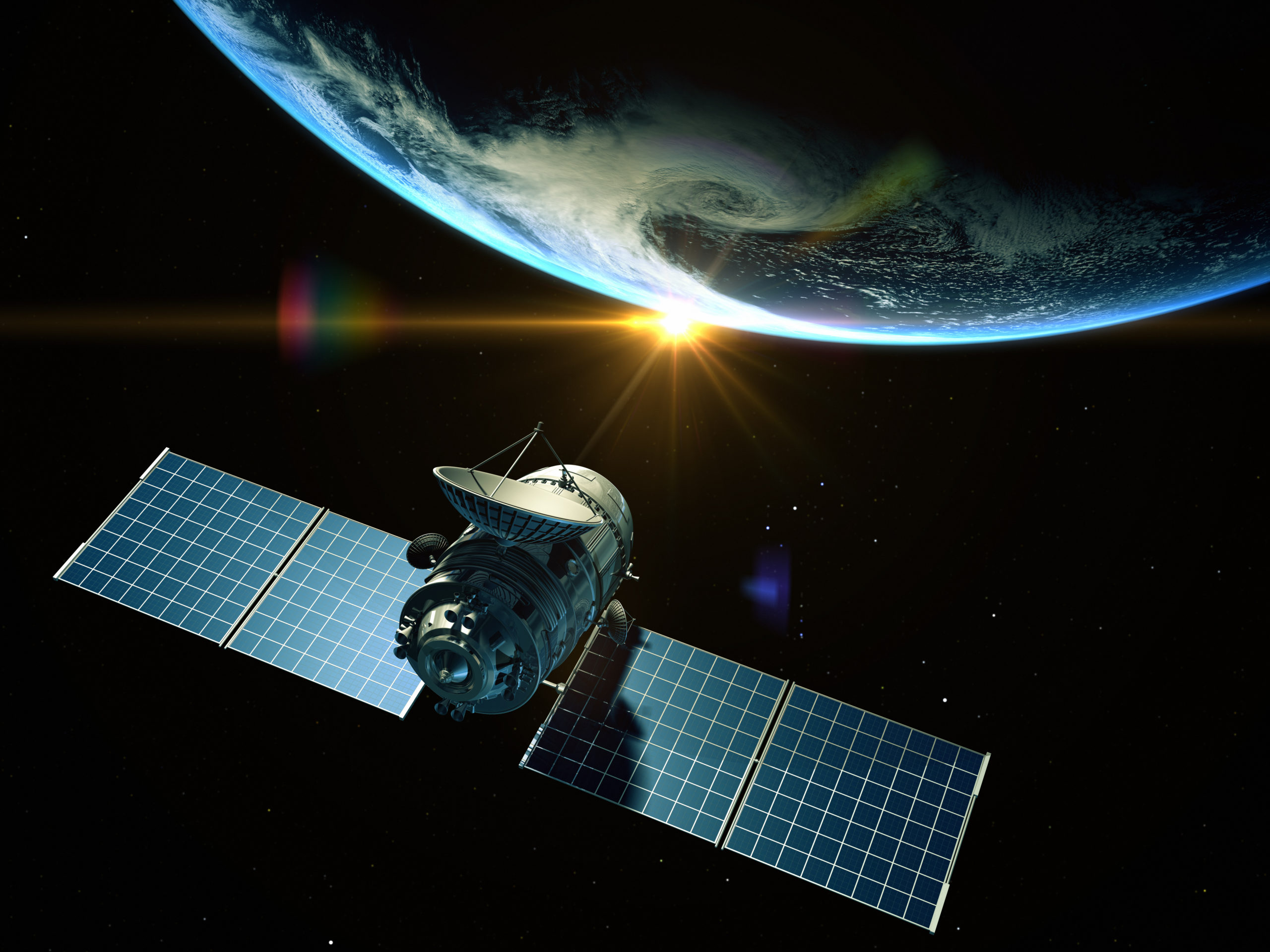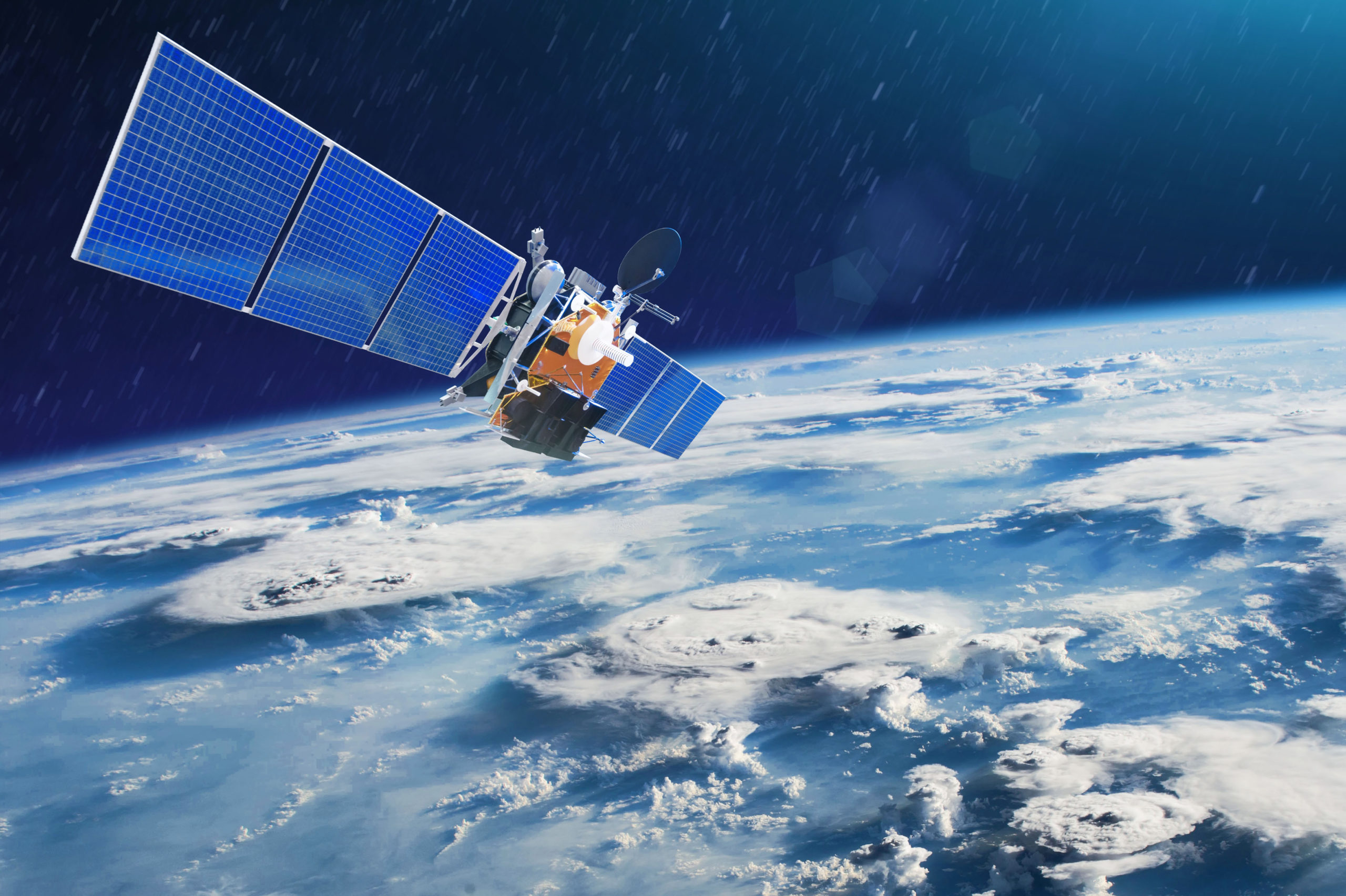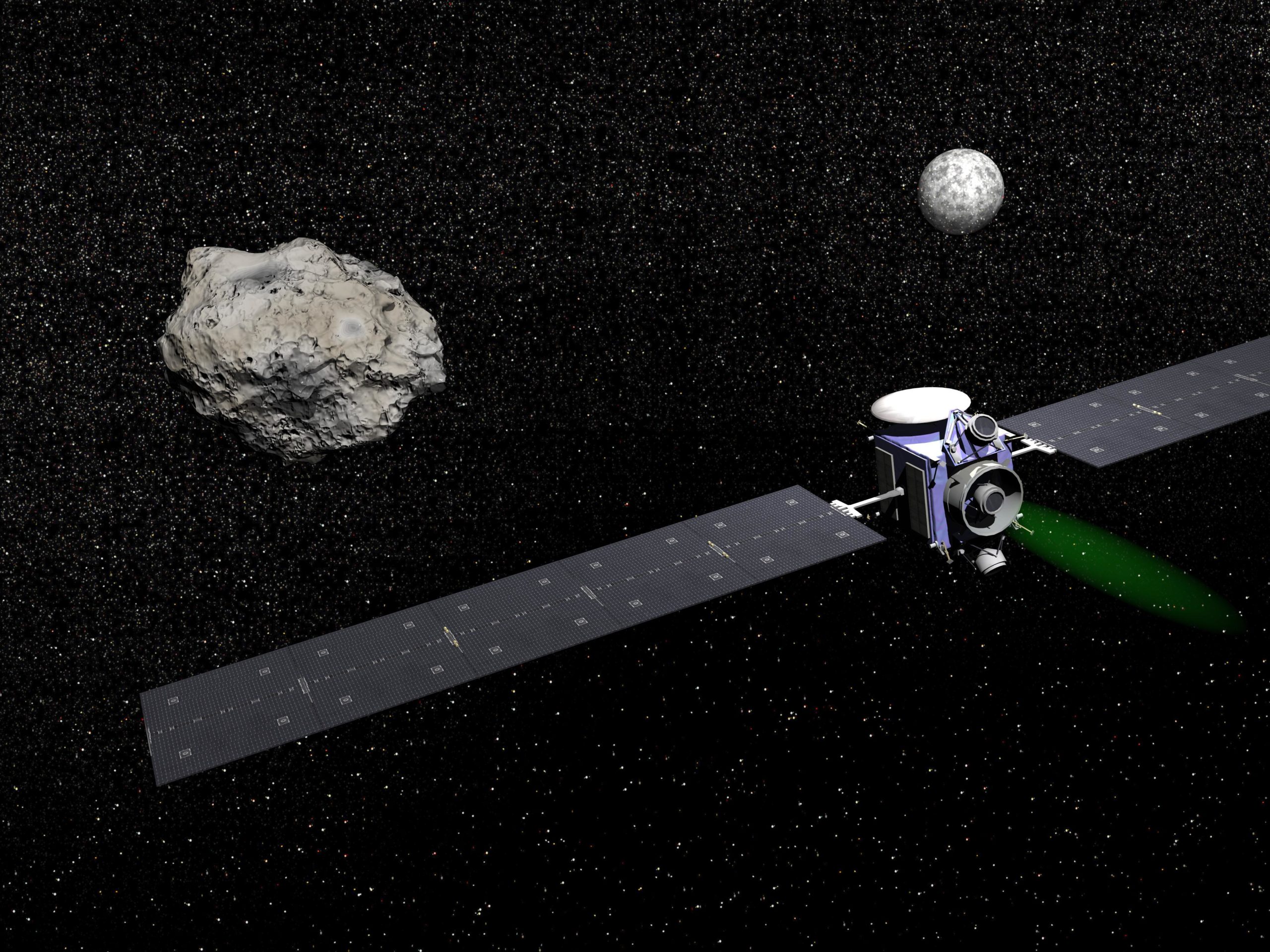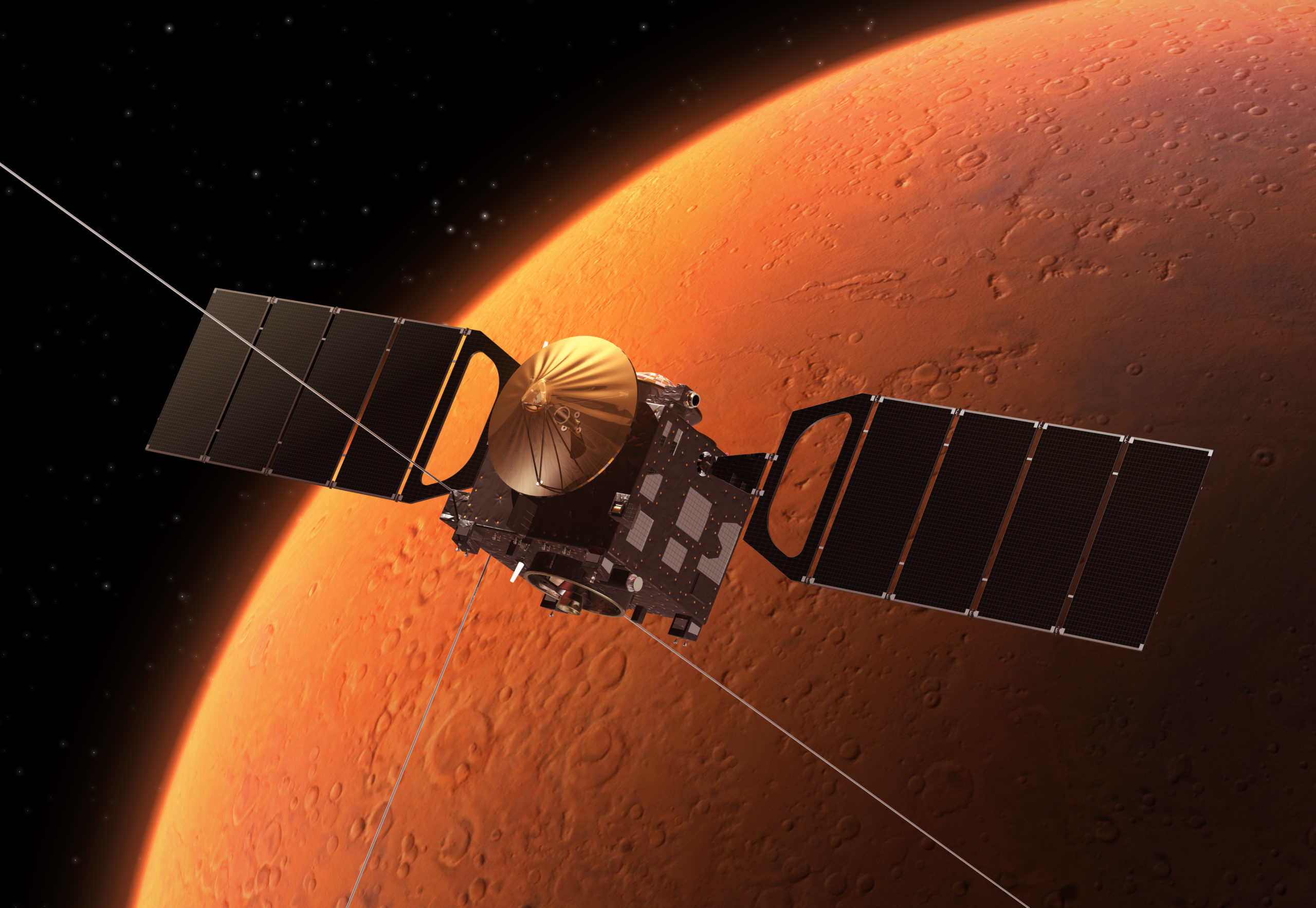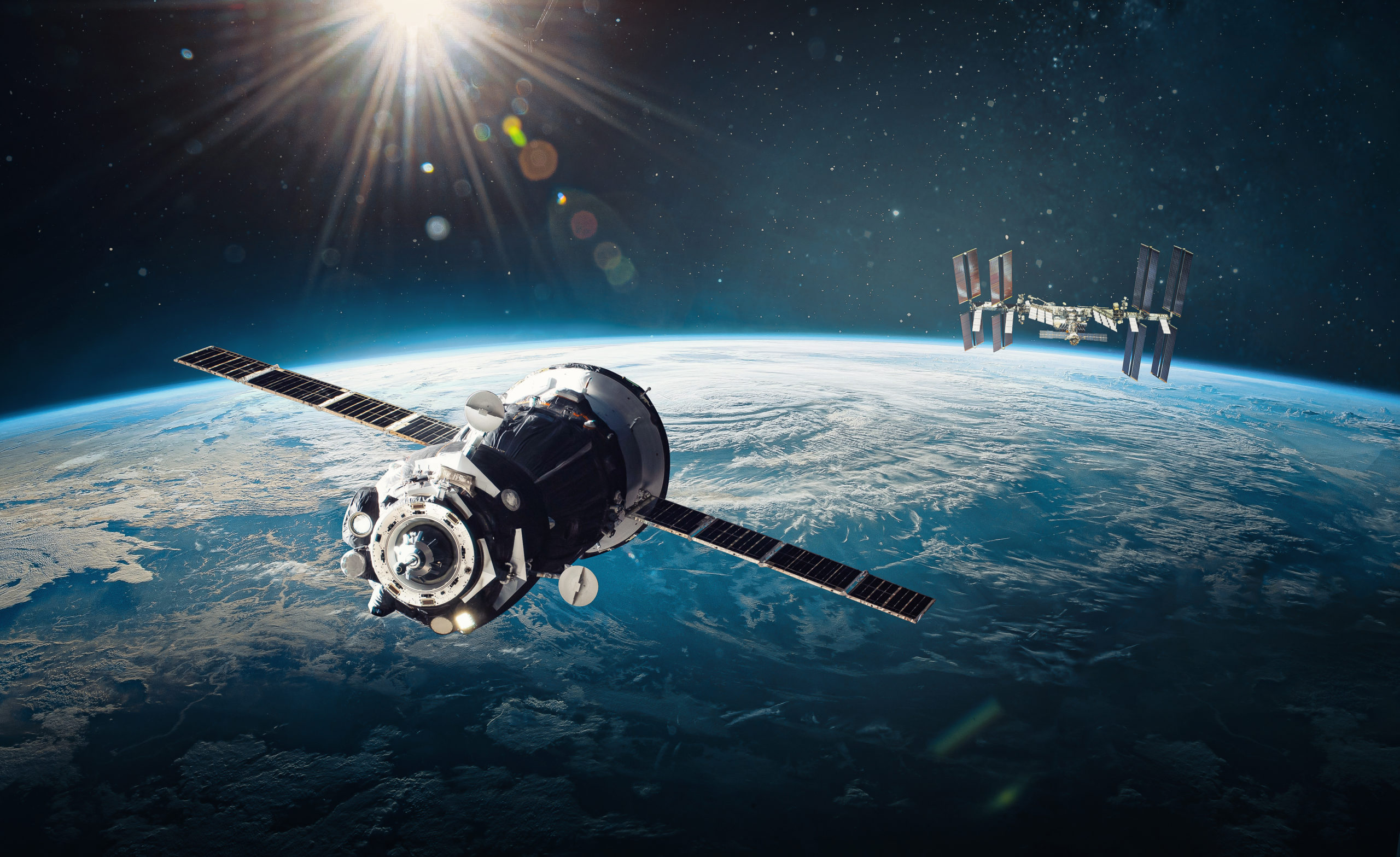Auriga™
The compact star tracker for small satellites constellations
Auriga™ star tracker is packed with the latest high-tech components and is optimized for the small satellite markets of less than 500kg and for New Space projects as of 6U.
Radiation-resistant with a thicker casing and spacial optics, Auriga™ allows a lifetime of over 15 years in geostationary orbit and 10 years in low Earth orbit (LEO 400-1,200km). With its standardized components, is
specifically designed to meet cost reduction objectives while offering excellent technical performance and reliability. Its reduced volume (66 x 59 x 94 mm) and its weight of 225g make it the most compact star tracker in its category.
Over 1,200 Auriga™ are in orbit with a mission success rate of 100%.

- Up to 3 Optical Heads
- Connected to 1 Electronic Unit with the software implemented
- Plug-and-play integration for its OH and EU
- Gyro-merging data software option for harsh cinematic conditions
- Configurable wtih ADEOS

- Up to 3 Optical Heads
- Centralized Processing version
- Software implemented in the satellite’s OBC
- Gyro-merging data software option for harsh cinematic conditions
- Configurable with ADEOS
Hydra
Highly resilient modular star tracker
Hydra is a star tracker which provides modularity and performance thanks to a range of versions. Providing exceptional quality and resilience, Hydra is installed in particular on board the main institutional and scientific missions of several countries, as well as on telecommunications and observation satellites in all orbits.

- Best in class, highly modular star tracker
- Centralized processing / or Autonomous unit
- 1 up to 4 OH / 1 up to 2 EU

- The first high-end star tracker available off-the-shelf
- The best trade-off between performances and price

- Specific State-of-the-art star tracker solutions
- Autonomous Unit / or Centralized Processing
- On demand configuration
Hydra & Electronic Units




Horus
Single box star tracker
Horus is an autonomous star tracker which uses innovative technologies to guarantee performance and competitiveness for applications which require a single field of view. A robust and very recent product, Horus is particularly adapted to telecoms platforms.

- New generation APS space detector (Active Pixel Sensor)
- Processor integrated into a single component
- Light composite baffle
- Exceptional robustness
Flight heritage, a few examples
